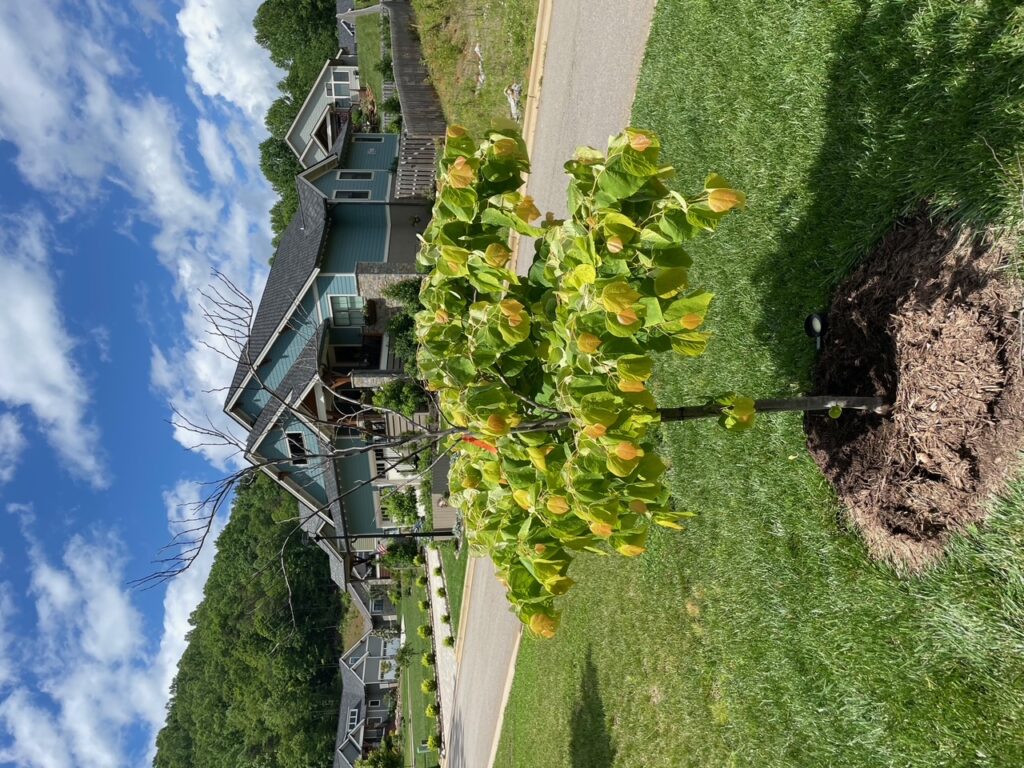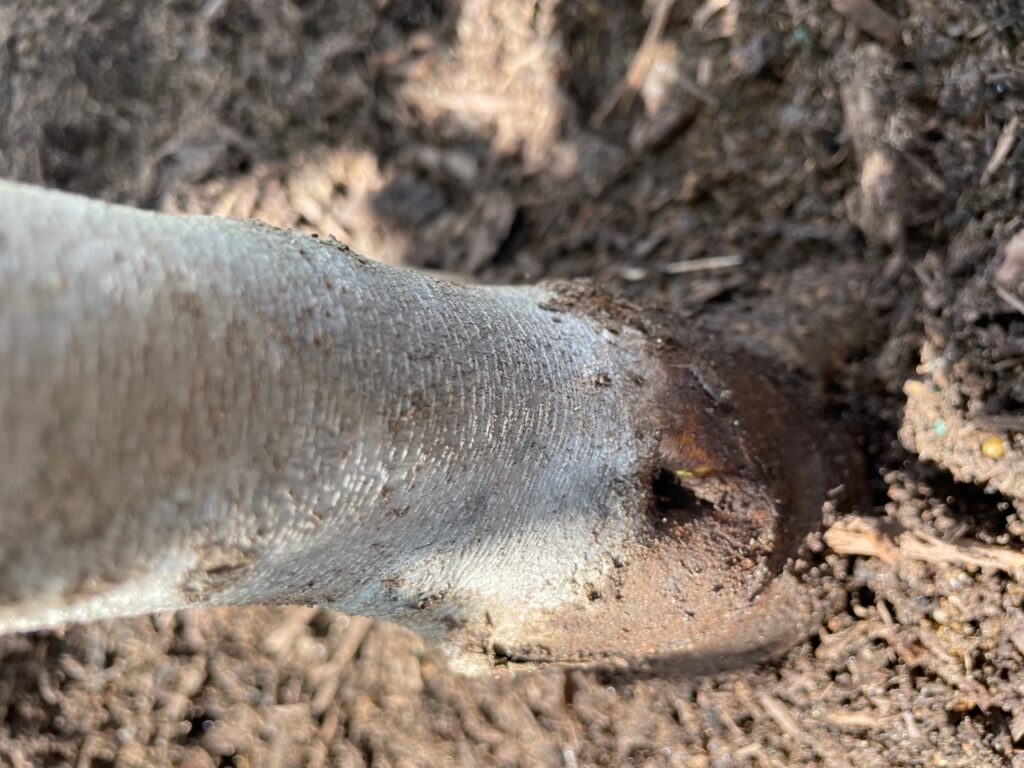Plant Health Alert – Graft Union Failure
go.ncsu.edu/readext?1075278
en Español / em Português
El inglés es el idioma de control de esta página. En la medida en que haya algún conflicto entre la traducción al inglés y la traducción, el inglés prevalece.
Al hacer clic en el enlace de traducción se activa un servicio de traducción gratuito para convertir la página al español. Al igual que con cualquier traducción por Internet, la conversión no es sensible al contexto y puede que no traduzca el texto en su significado original. NC State Extension no garantiza la exactitud del texto traducido. Por favor, tenga en cuenta que algunas aplicaciones y/o servicios pueden no funcionar como se espera cuando se traducen.
Português
Inglês é o idioma de controle desta página. Na medida que haja algum conflito entre o texto original em Inglês e a tradução, o Inglês prevalece.
Ao clicar no link de tradução, um serviço gratuito de tradução será ativado para converter a página para o Português. Como em qualquer tradução pela internet, a conversão não é sensivel ao contexto e pode não ocorrer a tradução para o significado orginal. O serviço de Extensão da Carolina do Norte (NC State Extension) não garante a exatidão do texto traduzido. Por favor, observe que algumas funções ou serviços podem não funcionar como esperado após a tradução.
English
English is the controlling language of this page. To the extent there is any conflict between the English text and the translation, English controls.
Clicking on the translation link activates a free translation service to convert the page to Spanish. As with any Internet translation, the conversion is not context-sensitive and may not translate the text to its original meaning. NC State Extension does not guarantee the accuracy of the translated text. Please note that some applications and/or services may not function as expected when translated.
Collapse ▲The question is, “Why is the top of this tree dead???”
When I am diagnosing a plant problem I try to go through a process of elimination. I try to eliminate all of the ‘usual suspects’, the very common issues that cause plant health problems. Whatever is left, must be killing the tree.
In the case of this redbud, I do not see cracked and swollen bark which would indicate fungal canker. I do not see the tell tale signs of ambrosia beetles which would be pencil point sized holes with sawdust protruding. I do not see the quarter-sized vole holes in the soil at the base of the plant which would indicate these little rodents are munching away on the roots.
The tree was buried way too deep in mulch. Volcano mulching can be bad for plants long term. Burying plants too deeply at planting can smother roots and lead to girdling roots. Excavating the root collar, the swollen area where the trunk meets the roots, can extend plant life. In this case, although the plant had way too mulch, I think the planting is too recent to have cause many problems.






